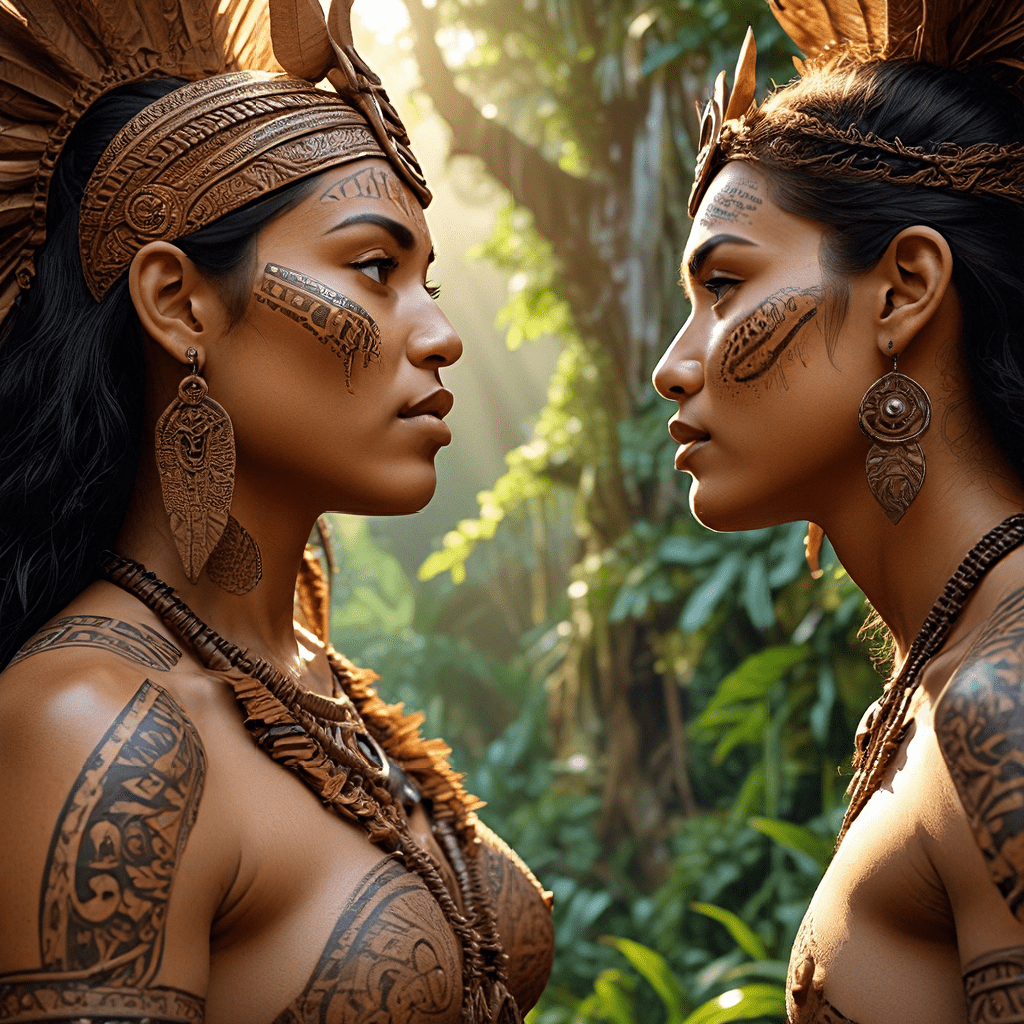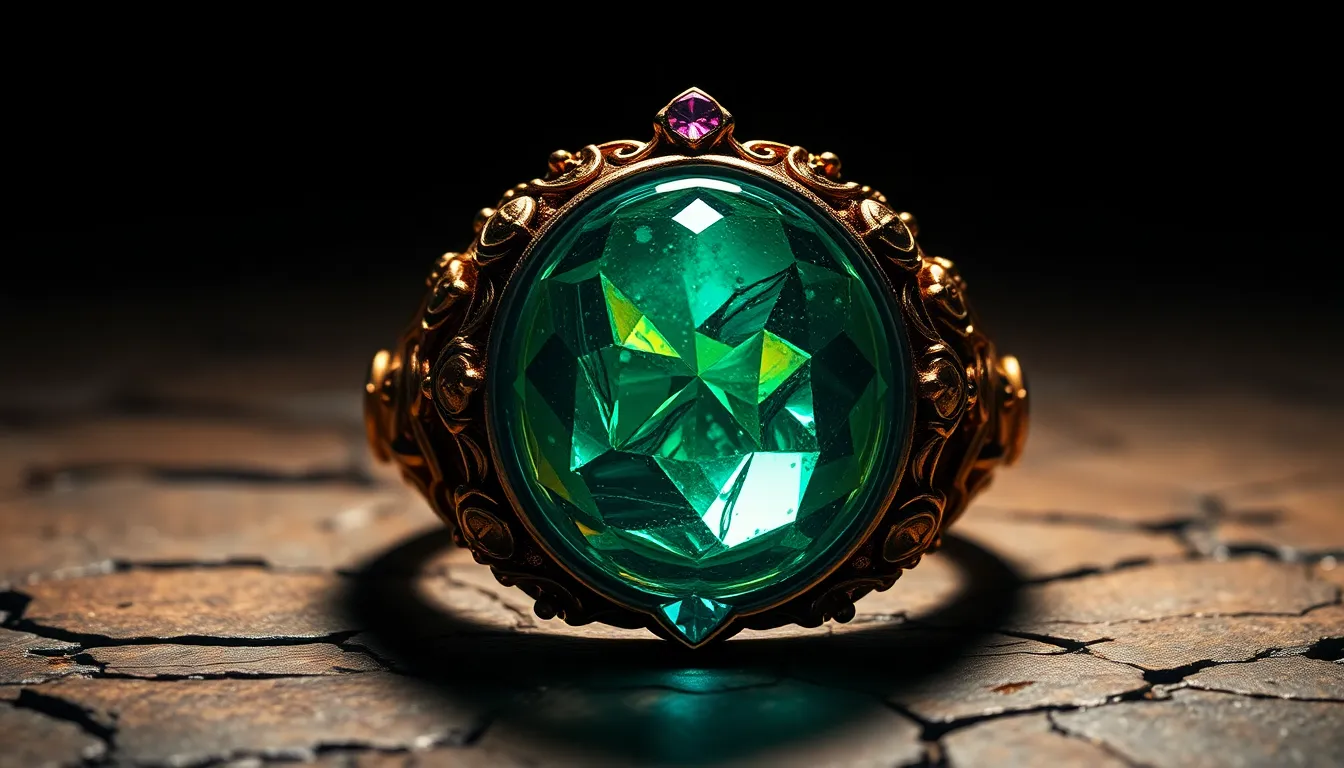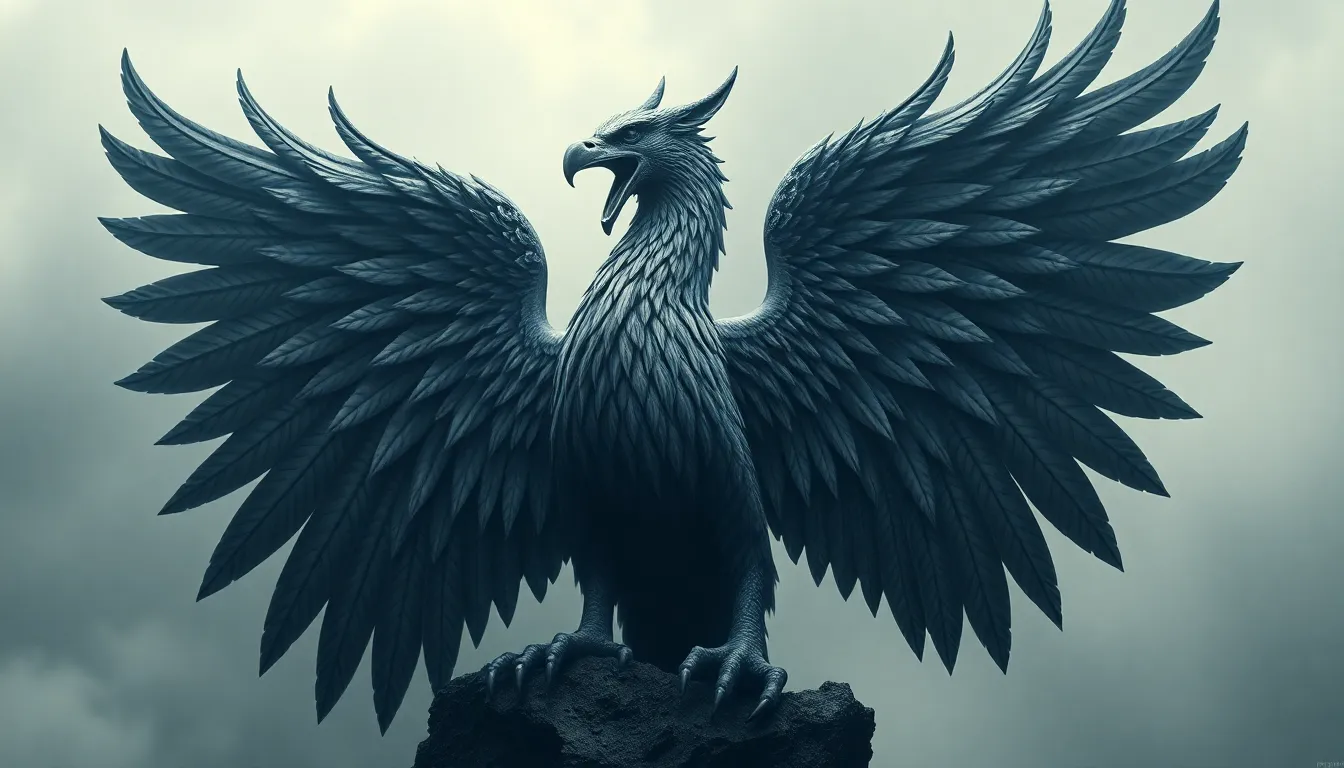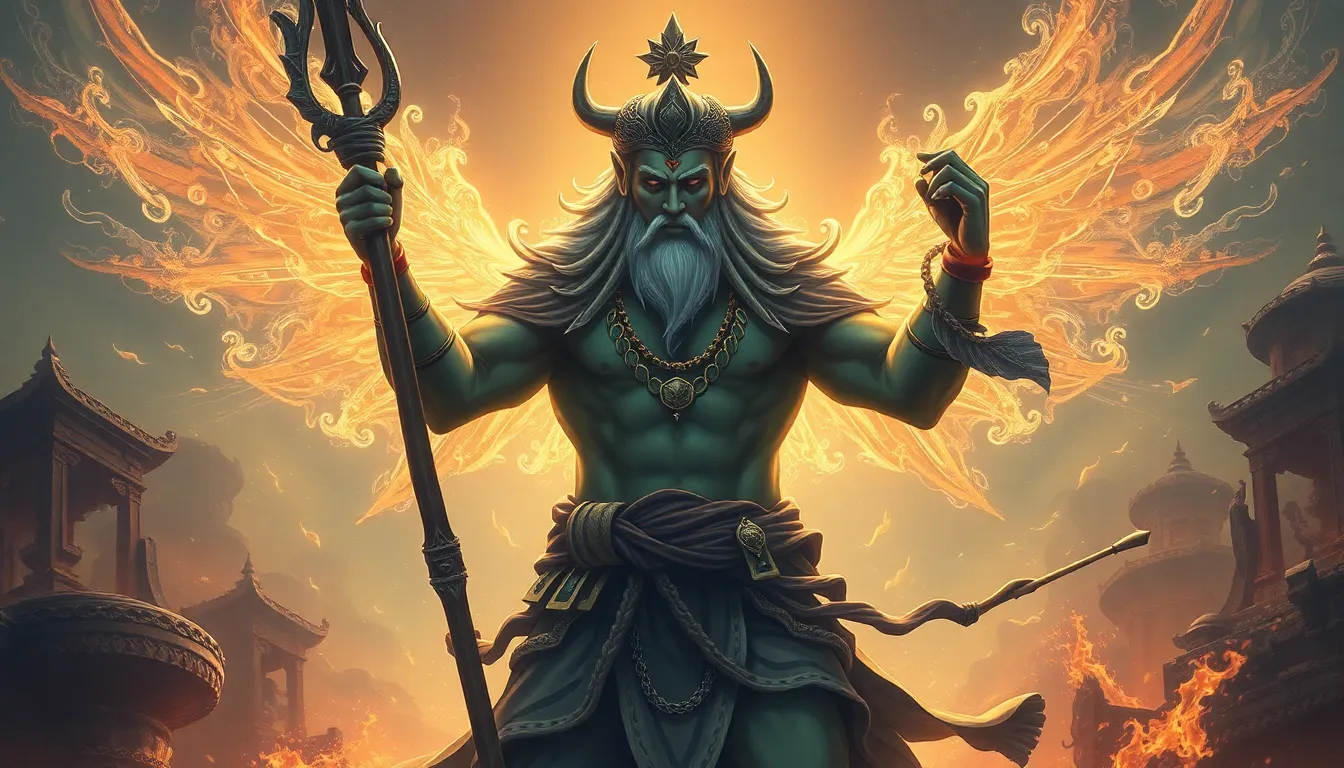Maori Mythology: A Tapestry of Adaptation and Innovation
Maori mythology, a rich tapestry of stories passed down through generations, offers profound insights into adaptation and innovation. These narratives, deeply woven into the fabric of Maori culture, provide a compelling framework for understanding how ancestral knowledge guided survival and thriving in a dynamic world. The stories of creation, gods, and heroes are not mere fables; they are living illustrations of resilience, resourcefulness, and the enduring power of connection to the natural world.
The Genesis of the World: A Foundation for Survival
At the heart of Maori mythology lies the creation myth, the story of how the world came to be. This narrative, known as "Te Kore," describes the emergence of the universe from nothingness, a process marked by transformation and adaptation. The primordial state of "Te Kore" is a powerful metaphor for the potential that exists within every being and every situation. From this state of nothingness, the earth, Ranginui (the sky father), and Papatuanuku (the earth mother) were born. This story underscores the importance of understanding creation and the interconnectedness of all things. It also demonstrates that even in the face of immense challenges, there is always the potential for new beginnings and adaptation.
Tangaroa, the Sea God: Embracing the Ocean’s Bounty
Tangaroa, the god of the sea, plays a pivotal role in Maori mythology, highlighting the importance of adapting to the ocean's bounty. Tangaroa's domain is vast and unpredictable, requiring immense skill and knowledge to navigate and thrive. Maori traditions emphasize the importance of respecting the ocean and its creatures, recognizing their vital role in sustaining life. Tangaroa's story is a testament to the resilience and adaptability of the Maori people, who learned to harness the power of the sea, developing intricate knowledge of navigation, fishing techniques, and marine resources.
Rona, the Goddess of Innovation: Harnessing the Power of Resourcefulness
Rona, the goddess of innovation and craftsmanship, embodies the spirit of resourcefulness and ingenuity. In Maori mythology, Rona is credited with teaching people the skills necessary for creating tools, weapons, and other necessities. Rona's story underscores the value of using available resources to solve problems, and it exemplifies the importance of creativity and innovation in adapting to changing circumstances. The concept of "Rona" encourages a mindset of finding solutions, even when faced with limited resources.
The Importance of Whakapapa: Tracing Lineage for Adaptation
Whakapapa, the Maori concept of genealogy, is crucial to understanding their cultural identity and their approach to adaptation. The intricate system of whakapapa traces lineage back to the gods, connecting individuals to their ancestors and the natural world. Whakapapa provides a framework for understanding the past, present, and future, and it guides the decisions made in the present. This understanding of lineage serves as a powerful tool for adapting to the challenges of the environment and ensuring the continuity of knowledge across generations.
Mana and Tapu: Systems of Power and Restraint
Mana and tapu are two essential concepts in Maori mythology that influence adaptation and innovation. Mana refers to a person's or object's power, influence, or prestige. It's not just about force but also about social status, expertise, and the ability to inspire. Tapu, on the other hand, signifies sacredness, restriction, and prohibitions. It's associated with things that are powerful, dangerous, or require respect. These concepts work together to shape the way Maori people interact with their environment. Mana encourages ingenuity, while tapu promotes respect for the natural world and its resources. A deep understanding of mana and tapu guides Maori people in making decisions related to resource management, social organization, and spiritual practices.
The Role of Myths in Cultural Preservation
Maori myths play a crucial role in preserving cultural knowledge and values. The stories are more than just entertaining tales; they serve as a repository of wisdom, traditions, and practical skills. They provide a framework for understanding the world, the role of humans within it, and the importance of respecting the environment. The powerful imagery and narratives of Maori myths convey complex ideas in accessible ways, making them an effective tool for transmitting cultural knowledge across generations. These stories also serve as a reminder of the shared history and identity of the Maori people, strengthening their sense of community and belonging.
The Power of Storytelling: Instilling Values and Lessons
The art of storytelling is central to Maori culture. Myths are not passively listened to but actively participated in, with individuals and communities contributing to their interpretation and retelling. The act of storytelling fosters a connection between the past, present, and future, ensuring that valuable lessons and cultural knowledge are passed down. Through engaging narratives, Maori myths teach about courage, resilience, respect for ancestors, and the importance of upholding ethical principles. These stories serve as powerful reminders of the values that guide the Maori way of life and provide inspiration for navigating the challenges of the future.
Maori Innovation in the Face of Change
Throughout their history, the Maori people have demonstrated remarkable adaptability and innovation in response to changing environments and challenges. This resilience is evident in their navigation skills, agricultural practices, and artistic expressions. The ability to adapt and innovate is reflected in their traditional tools, weapons, and building techniques, which were crafted with careful attention to the environment and available resources. From the ingenuity of their fishing methods to the design of their unique waka (canoes), Maori innovation is a testament to their ability to overcome obstacles and thrive in diverse landscapes.
Contemporary Relevance of Maori Mythology: Lessons for Today
Maori mythology offers valuable lessons for navigating the complexities of the modern world. The teachings of adaptation, innovation, respect for the environment, and the importance of community are particularly relevant in today's age of climate change, globalization, and interconnectedness. By understanding the principles embodied in Maori myths, we can gain insights into sustainable living, cultural resilience, and the importance of intergenerational knowledge transfer. These stories serve as a powerful reminder that human beings are part of a larger web of life, and that our actions have far-reaching consequences for the well-being of the planet and future generations.
FAQ
Q: How do Maori myths relate to the concept of sustainability?
A: Maori myths emphasize respect for the natural world and the interconnectedness of all living things. This deep respect for the environment is central to their concept of sustainability, ensuring that resources are used wisely and future generations have access to a healthy planet.
Q: How do Maori myths influence modern Maori society?
A: Maori myths continue to play a vital role in shaping modern Maori society. They provide a framework for understanding identity, values, and traditions. They offer guidance on ethical behavior, community responsibility, and the importance of preserving cultural heritage.
Q: What are some specific examples of Maori innovation inspired by their myths?
A: Maori innovation is evident in their sophisticated navigation techniques, their innovative agricultural practices, and their expertly crafted tools and weapons. Their myths inspired them to create solutions that respected the environment and maximized the use of available resources.



